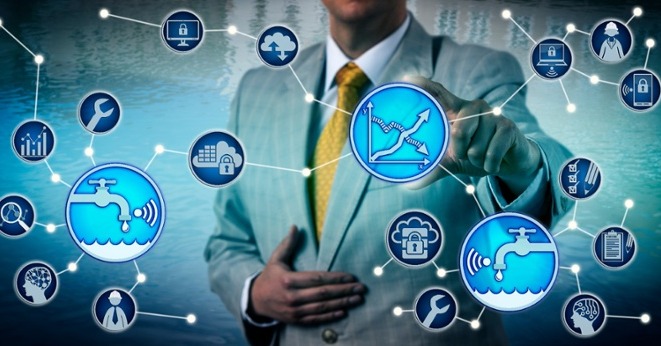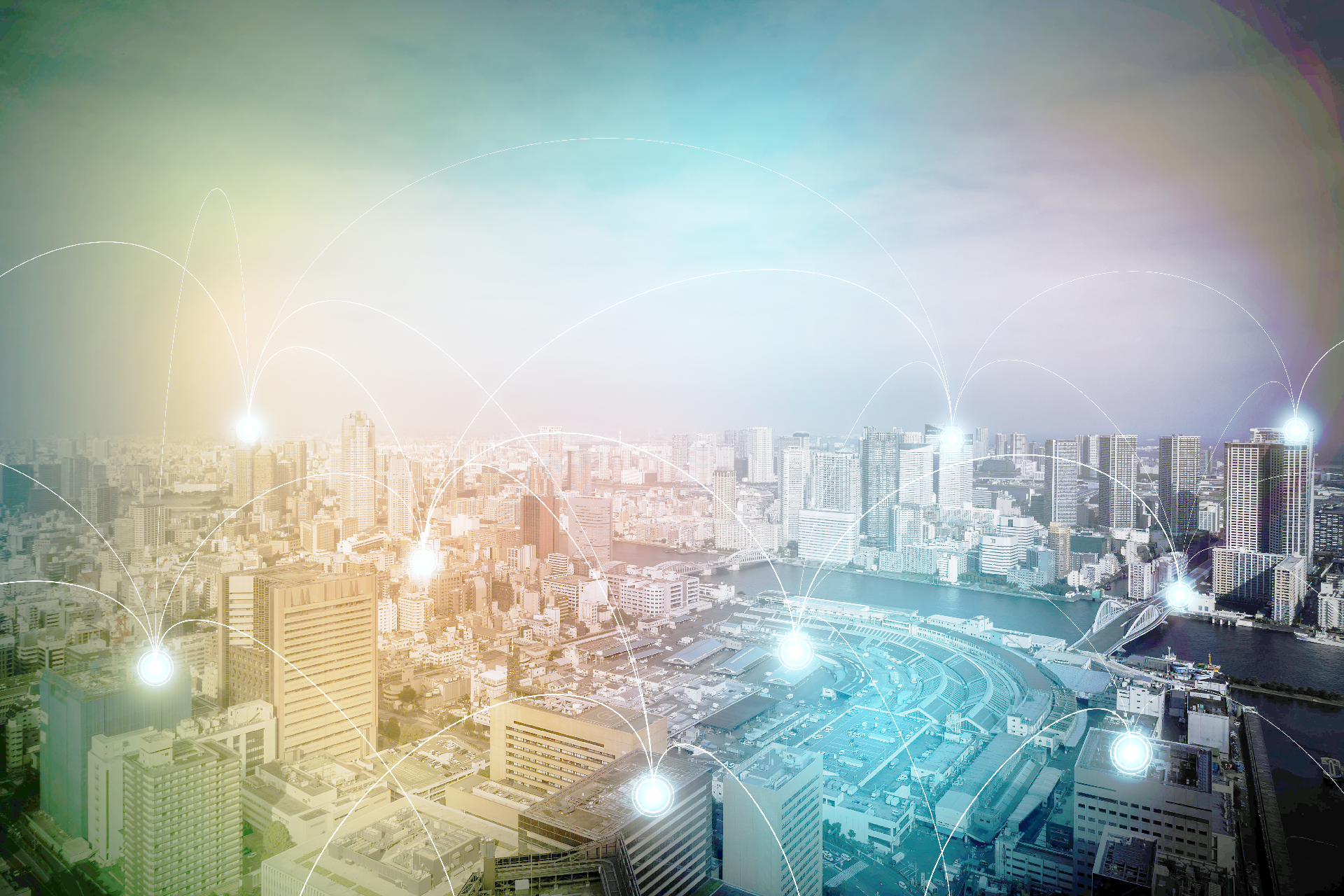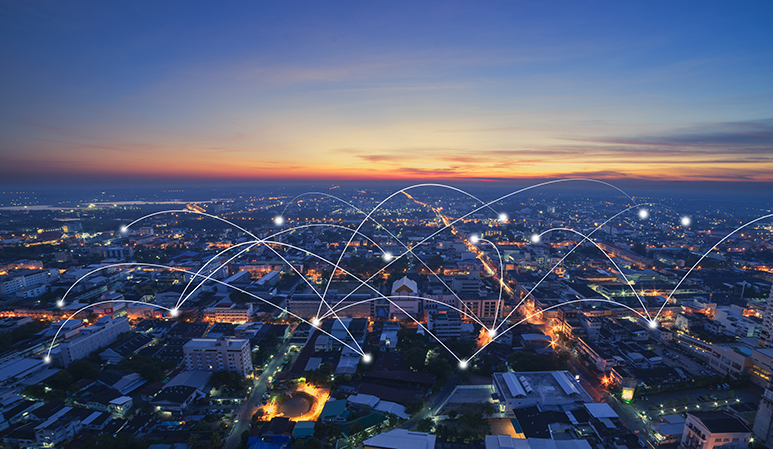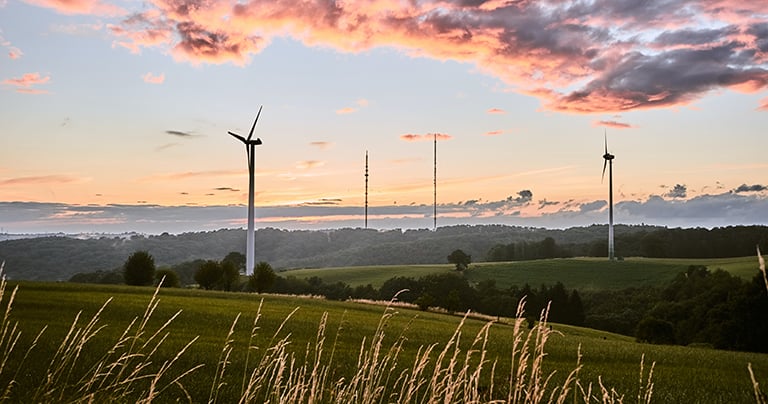 Every year, millions of households wait for the manual readings of their water meters, having to stay home or organize friends or neighbors to be present so that the reading can take place. Additionally, for water utilities the annual reading is time-consuming, labor-intensive, and causes high expenses. In the 21st century, with everything going digital or even virtual - from planning and simulation to diagnostics, from offerings-as-a-service to digital twins, and from small IIoT components to AGVs, robotics, and e-mobility, the measurement of water is still largely done in an analogue manner. Why not use the benefits of digitalization to make readings easier, more comfortable, more reliable, and more efficient for all parties involved?
Every year, millions of households wait for the manual readings of their water meters, having to stay home or organize friends or neighbors to be present so that the reading can take place. Additionally, for water utilities the annual reading is time-consuming, labor-intensive, and causes high expenses. In the 21st century, with everything going digital or even virtual - from planning and simulation to diagnostics, from offerings-as-a-service to digital twins, and from small IIoT components to AGVs, robotics, and e-mobility, the measurement of water is still largely done in an analogue manner. Why not use the benefits of digitalization to make readings easier, more comfortable, more reliable, and more efficient for all parties involved?
Yes, every drop counts
Two third of planet Earth is covered by water. But the lion’s share of it consists of salt water, leaving just 2,5% of water resources worldwide as fresh water. And even less is accessible for human needs as most of the fresh water is tied up in the Arctic and Antarctic, in glaciers and groundwater. Some countries and regions are luckier than others when it comes to accessible fresh water. But the climate seems to change quite drastic so that regions that didn’t need to pay close attention to their water consumption in the past are suddenly facing unusual long periods of dryness during the summer, causing water shortages and growing challenges for agriculture, forestry, river transportation, public pools and many more areas. The result: Water becomes a scarce and increasing valuable commodity in even many more places than it has been the case so far – a commodity that’s worth to measure and monitor meticulously in order to prevent it from being wasted.
The long way of measuring water consumption
While there are already many water meters on the market, most of them are mechanical meters without the accuracy that is needed in challenging times. Meters that need to be read on site, resulting in millions of time-, cost- and staff-consuming site visits every year. Traffic jams in big cities and long distances in wide-spread areas make these visits even more ineffective. Additionally, manual readings are prone to transmission errors and can easily cause disputes with customers. In times of tight budgets and growing staff shortage, there need to another solution in order to guarantee the precise, reliable, and efficient measurement and reading of water consumption.
Applying the digital shift to the world of water
The solution is provided by digitalization, turning the water flow into a data stream! That’s no longer a theoretical future, but one that started already unfolding in some parts. Water utilities and municipals would be well advised not to wait too long to keep up with the early adopters who are already using the digital transformation to increase the accuracy of their water consumption measurement and optimize their operations strategy and management of water distribution networks.
There’s great potential that waits to be unlocked for improving asset management, water conservation, pressure optimization, and customer relations. Smart IoT metering technology, for example, enables automatic meter readings and increases user-specific and area-wide transparency. This makes it possible to establish water balances for single sections instead of entire supply areas, simplifying leak detection by benchmarking water loss. Additionally, smart meter data can also be used to detect proactively optimization potential e.g., regarding the pressure within the network, and provide customers online with transparency on their water consumption/hour. That doesn’t might reduce results service calls and disputes regarding billings but also sensitizes customers to rethink their daily water consumption habits.
The short cut that turns water flows into data streams
The lever for this is a new low-power wide-area network (LPWAN) radio technology standard called NB-IoT (narrowband Internet of things). NB-IoT promises great potential for remote meter readings without the necessity for water utilities to set up an own communication infrastructure or use additional gateways. Digitally enhanced smart water meters with build-in NB-IoT connectivity can use the worldwide fast-growing NB-IoT infrastructures of telecommunication companies to transmit their data over hundreds of kilometers to a water company – whether its consumption data, stagnation or temperature alarms, or leakage and fraud detection. As the communication standard is bi-directional, it also allows parameterization, data requests, re-sending of missing data, deletion of data, and firmware updates over the air. All of this will save millions of kilometers and tons of CO2 emissions per year – and prevent transmission errors from the meter to the reader.
To ensure highest data security, 3GPP security standards are applied to NB-IoT. They are based on the security levels defined for LTE technology and support confidentiality, availability, and integrity. All user data can be encrypted for the transmission via the communication channel. And sender and recipient are authenticated.








.jpeg)
